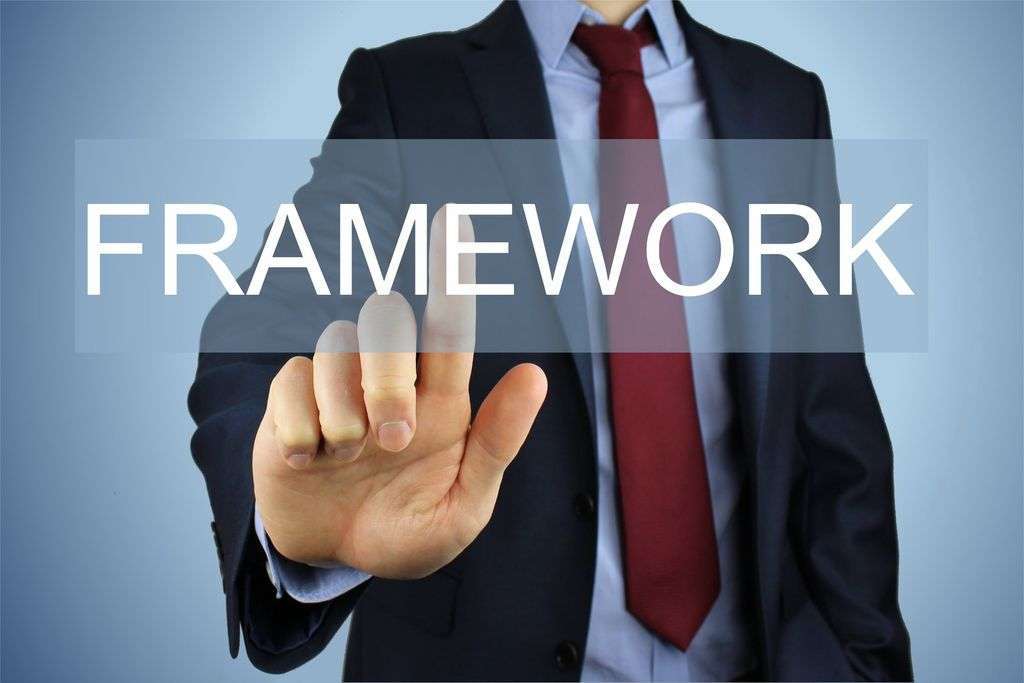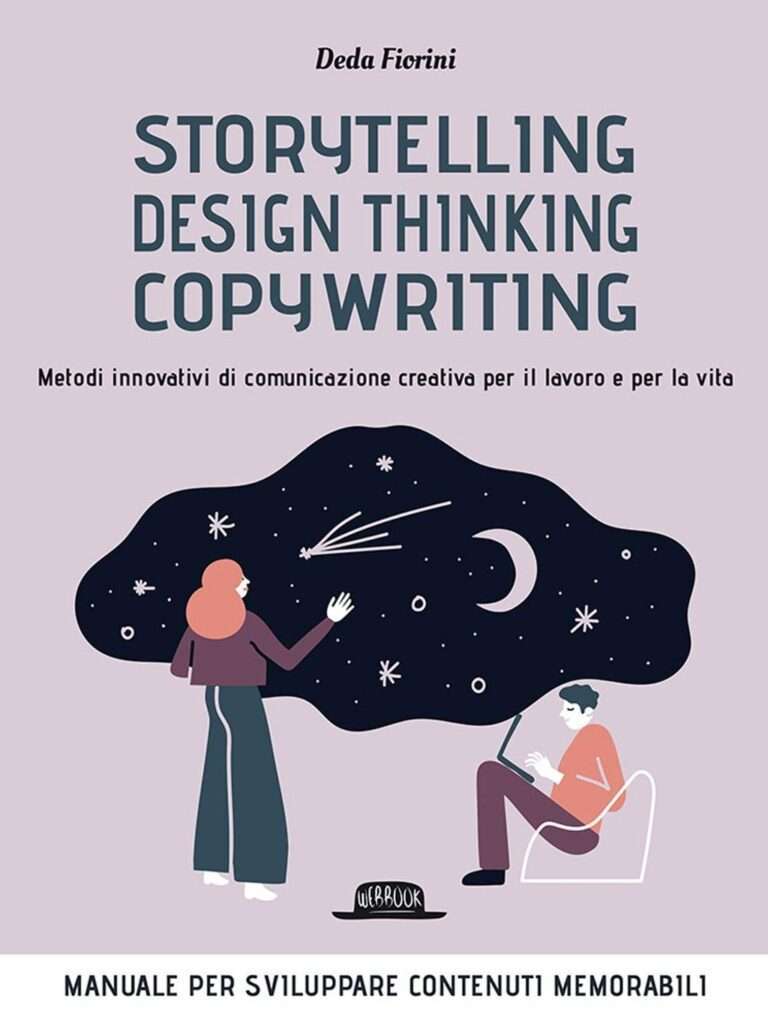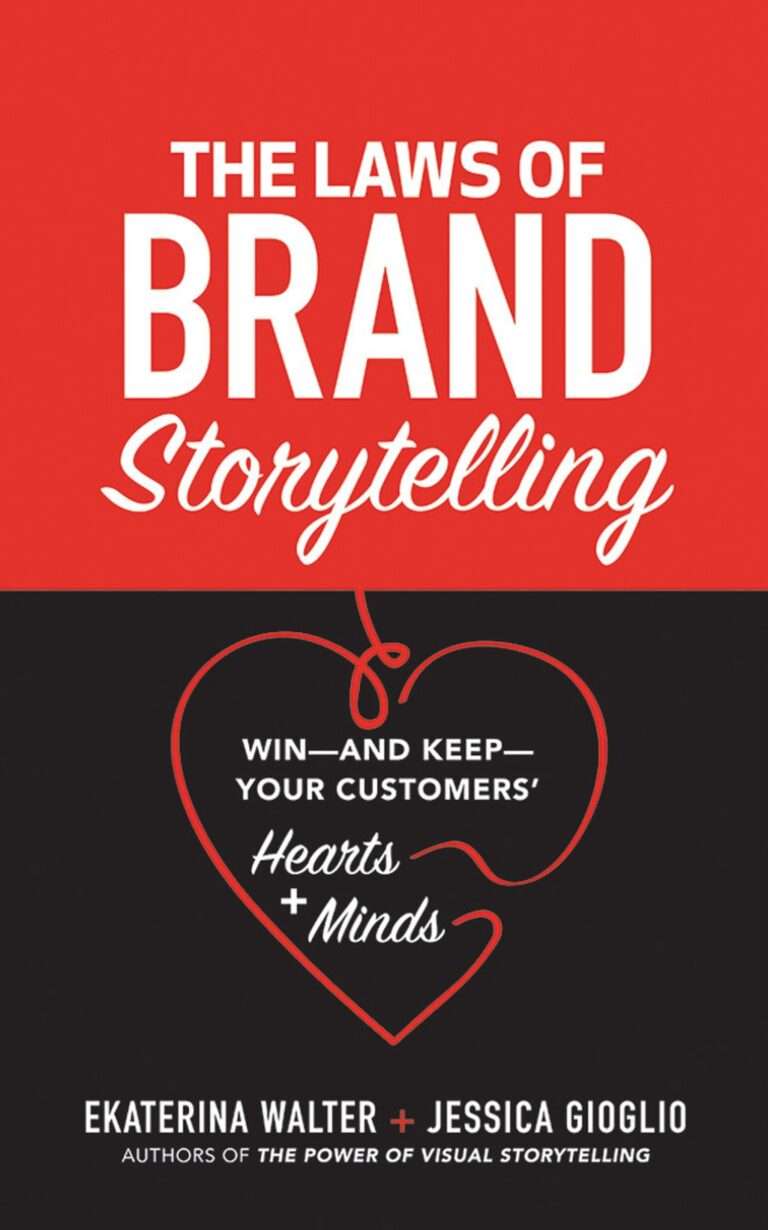Before-After-Bridge (BAB): This framework starts by showing the audience their world before your product, what it could be after, and how to get there (the bridge).
Overview
Introduction
The key insight of the article is the Before-After-Bridge (BAB) framework, which is a powerful tool for effectively communicating the value of your product or idea. It starts by showing the audience their current state or problem (Before), then presents a compelling vision of what their life could be like with your product or idea (After). Finally, it provides a clear path or strategy (Bridge) for them to achieve that desired outcome. This framework is based on the understanding that people are more motivated to take action when they can clearly see the gap between their current state and the desired state. By addressing this gap, the Before-After-Bridge framework helps to overcome common misconceptions and objections that may prevent people from taking action. It is a comprehensive approach that allows you to create impactful stories and engage your audience on an emotional level. By implementing the Before-After-Bridge framework, you can effectively communicate the value of your product or idea and inspire action.
The Importance of Before-After-Bridge
The Before-After-Bridge framework is a powerful tool for effectively communicating the value and impact of your product or idea. By showing the audience their current reality (the before state) and contrasting it with the desired future state (the after picture), you create a sense of urgency and desire for change. This framework helps you clearly articulate the benefits and transformation that your product or idea can bring. It also provides a roadmap or bridge for your audience to understand how to get from the before state to the after state. By using the Before-After-Bridge approach, you can engage your audience, inspire action, and drive meaningful results. Unifire is a platform that can help you create compelling before-after stories and presentations that captivate your audience and drive your message home. Try Unifire today and start creating impactful before-after bridges!
Benefits of Using Before-After-Bridge
One of the key insights of this article is the power of the Before-After-Bridge framework in creating impactful stories. By showing your audience the stark contrast between their current state and the desired future state, you can effectively communicate the value of your product or idea. This framework allows you to tap into the emotions and aspirations of your audience, making your message more relatable and compelling. Additionally, the Before-After-Bridge framework helps you paint a clear picture of the transformation your product can bring, making it easier for your audience to envision the benefits. By implementing the Before-After-Bridge framework, you can create better videos that resonate with your audience and drive action. If you want to learn more about how to apply this framework in your work, continue reading to discover practical tips and examples.
Implementation
Identifying the Before State
In order to effectively implement the Before-After-Bridge framework, it is crucial to start by identifying the current state of the audience. This involves understanding their pain points, challenges, and frustrations. Conducting thorough research and gathering data will help you gain insights into their needs and desires. By empathizing with their current situation, you can create a strong connection and establish credibility. Use qualitative and quantitative methods to gather information, such as surveys, interviews, and market research. Additionally, analyze customer feedback and reviews to further understand their experiences. This comprehensive understanding of the before state will serve as the foundation for creating a compelling after picture and building the bridge to help them achieve their desired outcomes.
To effectively identify the before state:
- Conduct thorough research and gather data
- Understand the pain points and challenges of the audience
- Empathize with their current situation
- Use qualitative and quantitative methods
- Analyze customer feedback and reviews
By following these steps, you will be able to create a strong foundation for implementing the Before-After-Bridge framework and effectively guiding your audience towards the desired transformation.
Ready to start implementing the Before-After-Bridge framework? Visit Unifire to discover how their platform can help you create impactful before-after-bridge stories and enhance your content strategy.
Painting the After Picture
Once you have identified the before state and understood the pain points of your audience, it’s time to paint the after picture. This is where you showcase the solution that your product or service provides. Highlighting the transformation and the benefits that your audience will experience is crucial in capturing their attention and generating interest. Use compelling visuals, testimonials, and success stories to create a vivid image of what their life could be like after using your product. Show them the positive outcomes, the improved results, and the satisfaction they will gain. By painting a clear and enticing after picture, you can effectively communicate the value and impact of your offering.
Building the Bridge
Building the bridge is a crucial step in the Before-After-Bridge framework. It involves creating a clear and compelling path for your audience to transition from the before state to the after state. To build an effective bridge, you need to understand the pain points and desires of your audience in the before state. This requires thorough research and empathy. Once you have a deep understanding of your audience, you can start designing the bridge by outlining the steps, actions, or solutions that will help them achieve the desired after state. It’s important to keep the bridge simple and easy to follow, as complex strategies can overwhelm and confuse your audience. By providing simple strategies and clear guidance, you can make the bridge more accessible and actionable. Additionally, it’s crucial to address any potential obstacles or objections that your audience may have along the way. By anticipating and addressing these concerns, you can build trust and increase the likelihood of your audience crossing the bridge. Remember, the bridge should not only be a means to an end but also a valuable experience in itself. Make it engaging, informative, and inspiring. By building a strong bridge, you can effectively guide your audience towards the desired after state and create a powerful impact.
Examples
Before-After-Bridge in Marketing
In marketing, the Before-After-Bridge framework can be a powerful tool to engage and persuade your audience. By showcasing the current state of their problem or pain point (before stage), you can create a sense of urgency and dissatisfaction. This helps to capture their attention and make them realize the need for a solution. Then, you can paint a vivid picture of how their life or business could be transformed (after stage) with your product or service. This creates desire and aspiration in their minds. Finally, you can build the bridge by providing a clear and actionable plan on how to get from the before stage to the after stage. This helps to alleviate any doubts or fears they may have and gives them a roadmap to success. By using the Before-After-Bridge framework in your marketing, you can effectively communicate the value of your offering and drive conversions.
Before-After-Bridge in Product Development
Product development is a crucial stage in the life cycle of any product. The Before-After-Bridge framework can be applied in this process to effectively showcase the transformation that the product brings to the users. By clearly identifying the before state, which represents the pain points and challenges faced by the users, and painting a vivid picture of the after state, which highlights the benefits and improvements the product offers, the bridge between the two can be built. This bridge consists of the steps, features, and functionalities that enable users to transition from the before to the after state. By using the Before-After-Bridge in product development, companies can better communicate the value of their products and engage their target audience in a meaningful way.
Before-After-Bridge in Personal Development
Personal development is a key area where the Before-After-Bridge framework can be highly effective. By showing individuals their current state and then painting a vivid picture of what they could achieve, this framework motivates and inspires personal growth. For example, in a personal development workshop, participants can be guided through a visualization exercise where they imagine their ideal future self. This exercise helps them identify their goals and aspirations, and creates a clear vision of what they want to achieve. The Before-After-Bridge then provides the necessary steps and strategies to bridge the gap between their current state and their desired future. By using this framework, individuals can gain clarity, set meaningful goals, and take actionable steps towards personal transformation.
Conclusion
The Power of Before-After-Bridge
The Before-After-Bridge framework is a powerful tool that allows you to effectively communicate the value of your product or idea to your audience. By showing them the stark contrast between their current state (the before) and the desired future state (the after), you can create a sense of urgency and motivation for them to take action. This framework taps into the human desire for progress and improvement, and it provides a clear roadmap (the bridge) for how to get from where they are to where they want to be. Research has shown that people are more likely to be persuaded and take action when they can visualize the potential benefits and see a clear path forward. By leveraging the Before-After-Bridge framework, you can create impactful stories and presentations that resonate with your audience and drive them to take the desired action.
CTA: Ready to start using the power of Before-After-Bridge in your work? Check out Unifire, a platform that helps you create compelling before-after stories and presentations.
How to Use Before-After-Bridge:
Identify the Before State: Start by understanding your audience’s current situation, pain points, and challenges. This will help you create a strong contrast between their current state and the desired future state.
Paint the After Picture: Clearly articulate the benefits and outcomes that your product or idea can deliver. Use vivid language, visuals, and storytelling techniques to help your audience envision their improved future state.
Build the Bridge: Provide a step-by-step plan or roadmap for how your audience can bridge the gap between their current state and the desired future state. Break it down into manageable actions and highlight the key milestones along the way.
By following these steps, you can effectively leverage the power of Before-After-Bridge to create impactful and persuasive presentations that drive action.
Applying Before-After-Bridge in Your Work
When applying the Before-After-Bridge framework in your work, it is important to keep in mind the key insights of this article. The framework starts by showing the audience their world before your product or solution, highlighting the gap between their current state and the desired state. This helps create a sense of urgency and the need for change. Next, you paint a vivid picture of what their world could be like after implementing your product or solution, emphasizing the benefits and transformation they can experience. Finally, you provide the bridge, which outlines the steps and actions required to bridge the gap and achieve the desired state. By following this framework, you can effectively communicate the value of your product or solution and guide your audience towards taking action. CTA: If you’re looking to create impactful before-after stories, check out Unifire, a powerful tool that can help you craft compelling narratives and engage your audience. In order to successfully apply the Before-After-Bridge framework, it is important to be comprehensive in your approach. Dive deep into the details and provide specific examples and evidence to support your claims. Use visuals, such as tables and lists, to clearly illustrate the before and after states and the steps required to bridge the gap. Additionally, remember to prioritize depth over high-level explanations. Instead of just scratching the surface, delve into the nuances and intricacies of the transformation process. How to: 1. Start by identifying the current state of your audience or target market. What are their pain points, challenges, and aspirations? 2. Paint a compelling picture of the desired state, highlighting the benefits and outcomes they can achieve. 3. Map out the bridge, outlining the specific steps, actions, and resources required to bridge the gap. 4. Craft a persuasive narrative that effectively communicates the before, after, and bridge, using storytelling techniques and emotional appeal. 5. Test and iterate your before-after-bridge stories, gathering feedback and making adjustments as needed. 6. Continuously refine and improve your approach, leveraging data and insights to optimize the impact of your before-after-bridge narratives. By following these steps and incorporating the Before-After-Bridge framework into your work, you can create powerful and impactful narratives that resonate with your audience and drive them towards the desired state.
Creating Impactful Before-After-Bridge Stories
One of the key insights of this article is the power of creating impactful Before-After-Bridge stories. These stories have the ability to captivate and engage your audience by showing them the transformation that is possible with your product or service. When crafting these stories, it is important to be comprehensive and provide depth rather than just giving high-level explanations. By diving into the details and painting a vivid picture of the before and after states, you can create a stronger emotional connection with your audience. Additionally, including a practical how-to section at the end of your story can provide actionable steps for your audience to take. To create even more impact, consider incorporating gym prospect into your Before-After-Bridge stories. By highlighting the specific benefits and results that your gym can offer, you can attract and convert more potential customers. If you’re ready to create impactful Before-After-Bridge stories for your gym, check out Unifire, a platform that can help you easily create and share these stories with your audience.
Thank you for reading our article on Unifire. We hope you found it informative and engaging. If you’re interested in learning more about how Unifire can help you extract summaries, keywords, and titles from your podcast and repurpose your content, visit our website at www.unifire.com. Our innovative platform is designed to streamline your content creation process and maximize your reach. Don’t miss out on the opportunity to optimize your content with Unifire!








